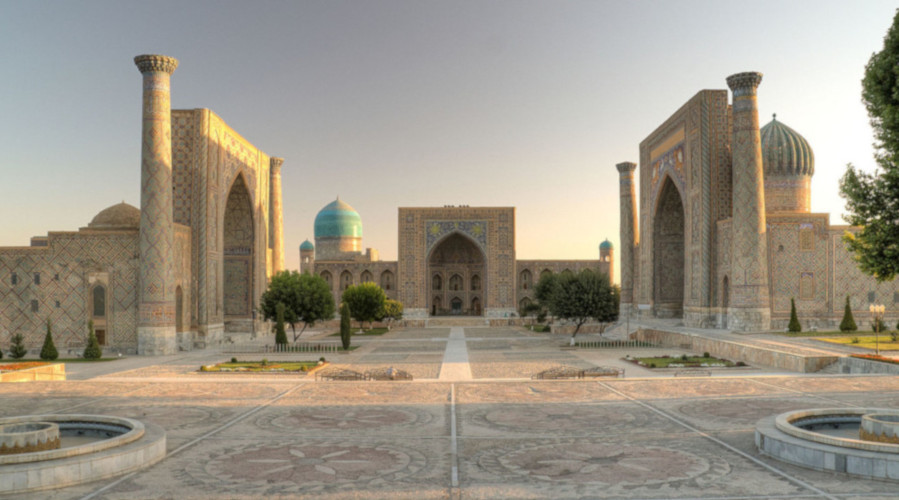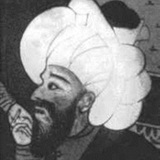
Source: https://upload.wikimedia.org
Samarkand is among the world's oldest continuously occupied cities. The earliest writings suggest it was founded by the 8th century BC, though evidence for human occupation of the site extends back much further. In the 4th century BC, it was among the Central Asian cities captured by Alexander the Great, who called it 'Marakanda'. Between the 7th and 9th centuries AD, it was held in quick succession by the Sassanid, Umayyad and Abbasid empires. During much of this period, Samarkand was a trading and cultural crossroads, home to considerable populations of Muslims living alongside Nestorian Christians, Buddhists, Hindus and Jews, among other minority sects. The city was a key stop within the trading networks collectively described as the Silk Road. In addition to goods and people, knowledge was also imported and exchanged in Samarkand. The city is reputed to be the first place where Islamic civilization acquired both the secrets of silk manufacture and papermaking technology from the Chinese. During the Timurid empire in the 15th century, the Ulugh Beg Observatory was constructed, providing a state-of-the-art facility for some of the most notable astronomers of the medieval world.
Scholars Who Lived or Worked Here
 Navai
Navai
 Ali Qushji
Ali Qushji
